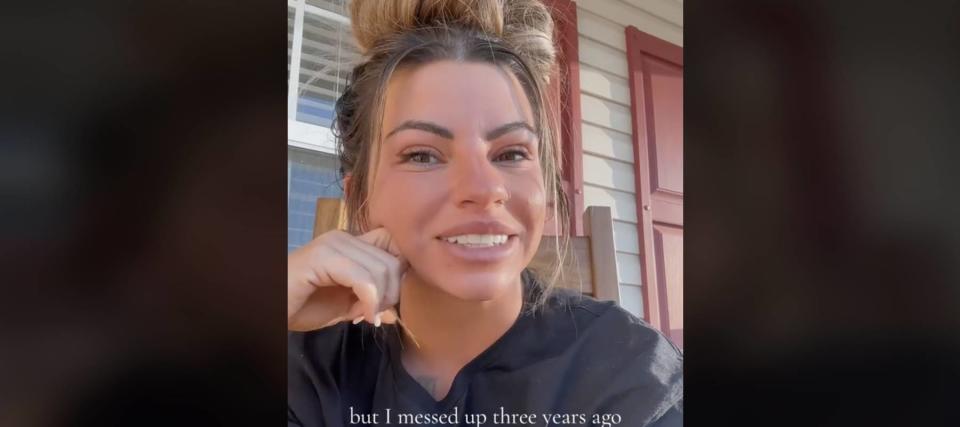The sticker prices on automobiles are higher than ever, but the monthly payments for leases and financing — with all the interest and fees rolled in — are truly where the staggeringly high figures can be found.
Blaisey Arnold knows this firsthand, three years into owning her Chevy Tahoe. The mom of three says in her viral TikTok video that she financed the vehicle at $84,000 and paid $1,400 every month for the past three years, which comes to around $50,000.
Yet the North Carolina mom says she still owes at least $74,000 on the car loan.
Don’t miss
“Honestly, that blows my mind,” she says to the camera. Her audience clearly feels the same way: “You need to learn about interest rate,” one commenter said.
Leaving aside the specifics of her situation — which seems to be particularly extreme — auto loans can be crippling to a household’s budget, even if you’re not splurging on a top-of-the-line SUV.
Interest rates are climbing
Arnold doesn’t disclose the interest or annual percentage rate (APR) that’s attached to her Tahoe loan.
APR is a measure of the total yearly cost of a loan, including the interest rate and all additional fees. It’s determined according to a host of factors, such as the key interest rates set by the Federal Reserve, retailers’ own borrowing terms and, importantly, your credit score (a higher credit score will yield a lower APR, and vice versa).
In another video, Arnold says that her husband pays 14% APR on his 2020 GMC AT4 Sierra 1500. She adds that his monthly payment —$1,600 — is greater than her own.
According to Experian, the average borrowing rate for a new vehicle was 7.03% in Q3 2023, up from 5.26%; for a used vehicle, the average was 11.35%, up from 9.38% last year.
Arnold says she and her husband bought the AT4 in 2022 and yet they still owe $72,000 to $74,000 of the $78,000 purchase price.
Arnold’s family’s car situation seems especially dire. She doesn’t provide enough information to explain how only about 20% of her own monthly payment is apparently being applied to the principal.
What is true for every car buyer, however, is that, unlike your home, an automobile loses value the second you drive it off the lot. Car insurer Progressive estimates that cars lose 20% of their value within the first year, and continue to lose 15% every year until about the fourth or fifth year.
For this reason, auto loans often end up “underwater” — a situation in which the outstanding principal is greater than the value of the car or truck.
How to avoid high loan rates
Arnold has decided to get rid of her Tahoe, though she doesn’t say whether her husband plans to give away his truck.
“Do not pay so much for something that is so irrelevant,” she warns her followers.
Arnold decided to ditch the Tahoe and buy an Audi in cash so she won’t have any more car payments. The reason she can do this — despite being in major car debt — is because her TikTok career has taken off.
In one of her videos, Arnold shows that she made nearly $4,000 off of just two TikTik videos in March.
Paying cash for a car is the best way to avoid any interest, but it’s not possible for most Americans.
Read more: Generating ‘passive income’ through real estate is the biggest myth in investing — but here’s one surefire way to do it without breaking the bank
Still, if you’re in Arnold’s position and don’t have a thriving TikTok career, there are still ways to get out from under your car payment, according to personal finance celebrity Dave Ramsey.
Ramsey would endorse Arnold’s TikTok side hustle. He recommends getting an extra job so that you can make more payments on your auto loans.
Ramsey would also like that Arnold plans to get rid of her Tahoe. He told a listener in a similar position that he ought to consolidate the auto loans on his multiple cars — and then sell some of them to pay off the remaining balance.
The personal finance radio show host also says that you can go straight to the lender and negotiate with them on your rate. This must be done in-person.
“Not on the phone and for God sakes not by email!” he says. “Go sit down and look ‘em in the eye.”
What to read next
This article provides information only and should not be construed as advice. It is provided without warranty of any kind.
Credit: Source link




